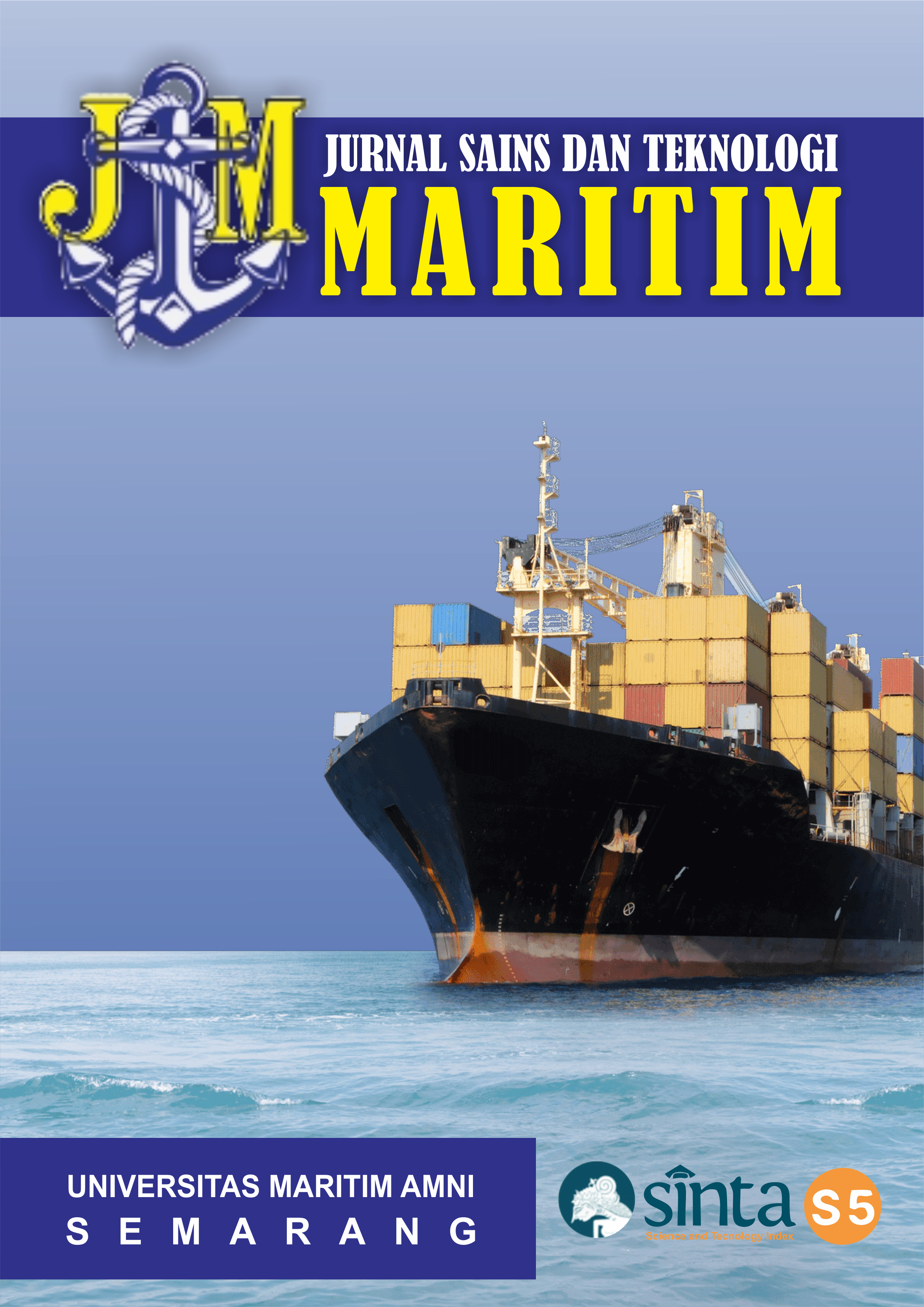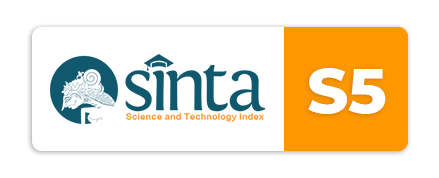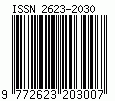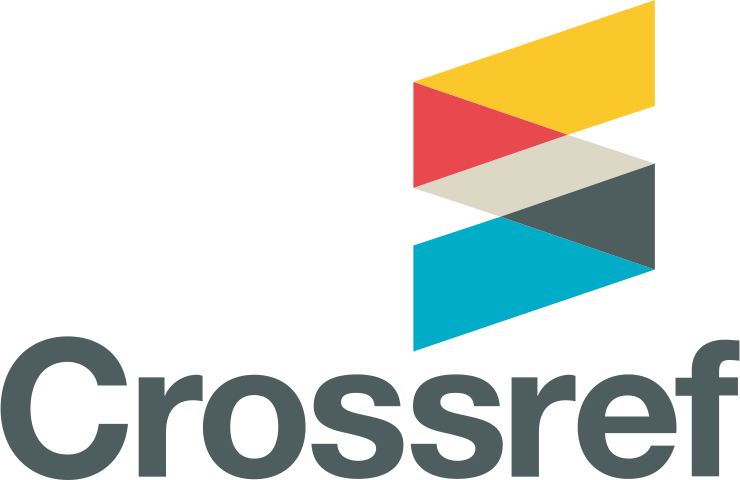UNDERSTANDING THE CHALLENGES OF MARITIME ENGLISH TERMINOLOGIES AMONG INDONESIAN CADETS
DOI:
https://doi.org/10.33556/jstm.v25i2.467Abstract
This paper provides a comprehensive analysis of the multifaceted challenges Indonesian maritime cadets face in mastering Maritime English (ME) terminologies. It aims to synthesize the linguistic, psychological, and pedagogical barriers contributing to the persistent gap between international proficiency standards and cadet performance, and to evaluate evidence-based interventions. A qualitative literature review was conducted, synthesizing findings from peer-reviewed research published since 2019, with a focus on Indonesian Maritime Education and Training (MET) institutions. The findings reveal a complex, interconnected system of challenges. Cadets' difficulties are rooted in foundational linguistic deficiencies, particularly in vocabulary and pronunciation, which are significantly exacerbated by predictable first-language (L1) interference from Bahasa Indonesia. These struggles fuel a debilitating psychological cycle of communication apprehension and low confidence. This cycle is perpetuated by a pedagogical ecosystem often characterized by a "curriculum-reality chasm," outdated teaching methods, and a lack of qualified instructors. Conversely, the review identifies significant positive outcomes from implementing Task-Based Language Teaching (TBLT) and high-fidelity simulator-based training, which effectively bridge the gap between classroom theory and professional practice. This study contributes a holistic framework that connects these disparate challenges into a coherent system, providing actionable recommendations for key stakeholders. The paper's novelty lies in its synthesis of recent, context-specific research to inform a targeted strategy for closing the ME proficiency gap, ultimately enhancing the safety and global competitiveness of Indonesian seafarers.
Downloads
Published
Issue
Section
License
Authors who publish with this journal agree to the following terms:Authors retain copyright and grant the journal right of first publication with the work simultaneously licensed under a Creative Commons Attribution License that allows others to share the work with an acknowledgement of the work's authorship and initial publication in this journal.
Authors are able to enter into separate, additional contractual arrangements for the non-exclusive distribution of the journal's published version of the work (e.g., post it to an institutional repository or publish it in a book), with an acknowledgement of its initial publication in this journal.
Authors are permitted and encouraged to post their work online (e.g., in institutional repositories or on their website) prior to and during the submission process, as it can lead to productive exchanges, as well as earlier and greater citation of published work (See The Effect of Open Access).







